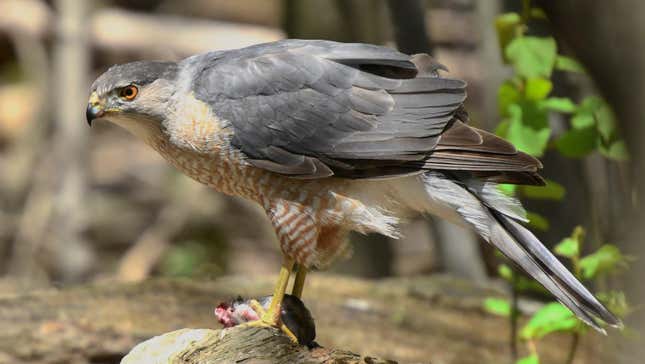
The American Ornithological Society announced this week that, next year, North American birds named for people will no longer be, as the society seeks to instead name the birds for themselves—and remove any negative human connotations from the domain of avifauna.
Rest easy if you’re a fan of boobies or titmice (as many Gizmodo commenters clearly are)—only one species across the groups is named for a person, Abbott’s booby, and it is not a North American bird.
As I wrote last week:
The American Ornithological Society opted to strip all names from these birds, rather than splitting hairs—or feathers—over which namesake did what and why, and whose actions are acceptable through a shifting window of morality and ethics over the intervening decades or centuries. The committee’s recommendations said as much, finding that (1) “We found a case-by-case approach to be intractable,” (2) “Eponymous names are poor descriptors”, (3) “The use of honorifics itself reflects exclusion in scientific participation.”
So let’s meet a few of the birds whose names are on the chopping block. An exhaustive list of species that may get re-dubbed was published by Bird Names for Birds, an organization seeking to change many English common bird names (i.e., not their scientific names). That list includes over 150 species, but the American Ornithological Society has only stated plans to rename 70 to 8o species. The society’s ad hoc committee report on the renaming states that 78 eponyms are the first priority for renaming, based on their breeding place (the U.S. or Canada) and their primary distributions being limited to the Americas. 62% of those 78 eponyms are of species in the West, and 77% were named between 1825 and 1875. “The eponyms from the American West largely honor and were conferred by ‘soldier scientists’ traveling with the U.S. Army during the Mexican-American War and various Indian wars,” the report notes.
Without further ado, here some of the species whose common names may go the way of the dodo.

Okay, so this one already happened. A petite bird previously named for a Confederate general is now named for its thick bill. A straightforward change, and one I can’t see anyone being too pressed about.
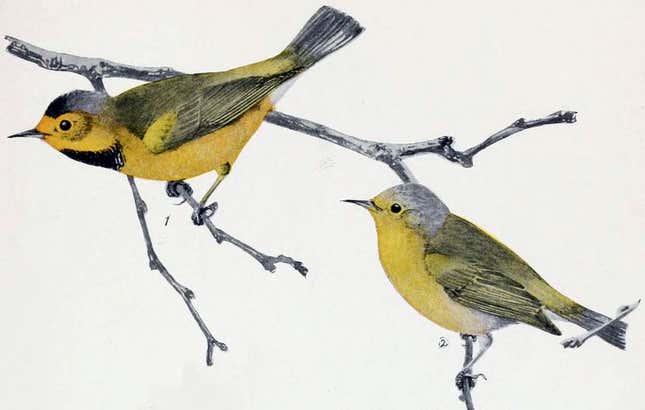
Bachman’s warbler is named for a 19th-century minister and social activist. Sounds good, right? Well, even if it were all good, the bird would be renamed under the American Ornithological Society decision... but it’s also not all good. As The Washington Post reported, John Bachman once stated that “That the Negro will remain as he is, unless his form is changed by an amalgamation, which ... is revolting to us. That his intellect ... is greatly inferior to that of the Caucasian, and that he is, therefore ... incapable of self-government. That he is thrown to our protection. That our defense of slavery is contained within the Holy scriptures.” This lovely warbler deserves a new, better name, stat.
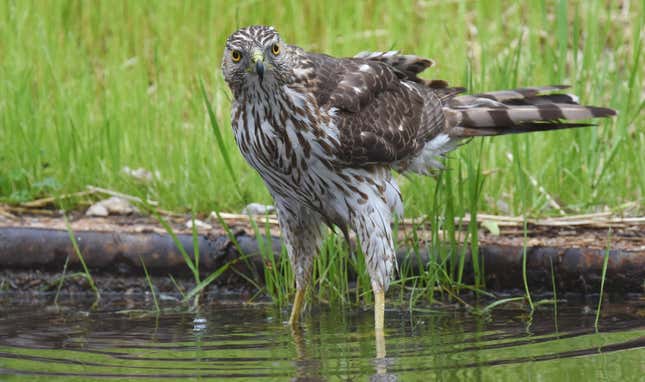
One of the more familiar North American species that may be renamed is the Cooper’s hawk, named for a 19th-century naturalist. While it’s not clear when the changes will officially take place, it’s a good time to start thinking about how it might be renamed. Yellow-legged hawk, perhaps?
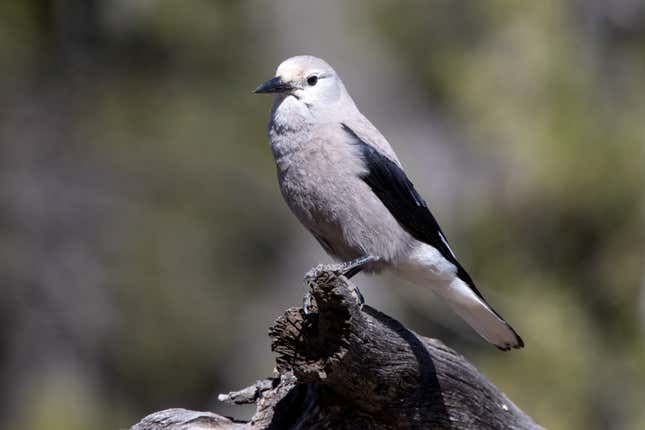
This cute critter was named for a familiar figure in American history: William Clark, one half of the expedition sent by Thomas Jefferson to cross to the western end of territory bought by the United States as part of the Louisiana Purchase. Later, as Superintendent of Indian Affairs, Clark moved native people off their lands. According to the National Parks Service, Lewis and Clark’s expedition “ushered in an era of anti-Indian policy and sentiment.”
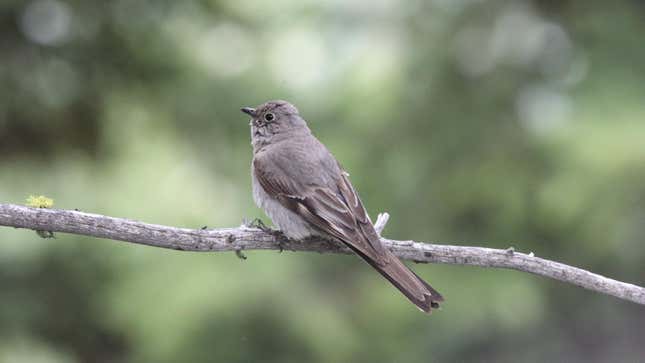
Named for the naturalist John Kirk Townsend, this cute grey bird is due a rebrand. As reported by the Washington Post, Townsend stole skulls from native graves to “promote his theory that they were racially inferior.”

As noted in our coverage last week, three non-eponymous species will be renamed. That includes the shearwater above, as flesh can come in many colors besides a pinkish-beige.

Another non-eponymous species to be renamed is a critically endangered curlew, a migratory shorebird that spends its summers in North America’s northernmost reaches. It hasn’t been seen since the 1960s, according to the U.S. Fish and Wildlife Service, and thus might be extinct. But nonetheless it will be renamed.

The final of three non-eponymous species to be renamed is the Inca dove, for the simple reason that “the name of this North American endemic species seems to arise from profound confusion of the geographic locations of the historic Inca and Aztec cultures,” according to the American Ornithological Society.
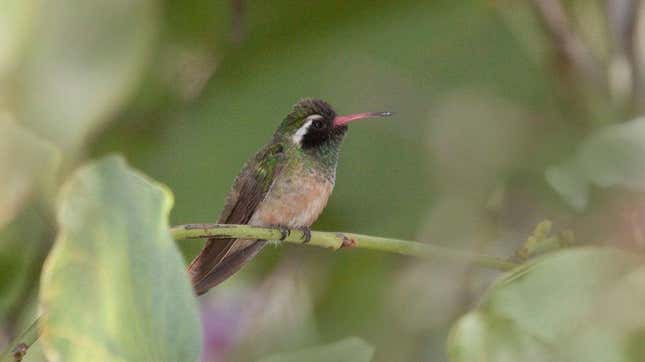
This petite hummingbird is native to Baja California. Named for a Hungarian zoologist, it might now be named for its geographic origins or its markings.
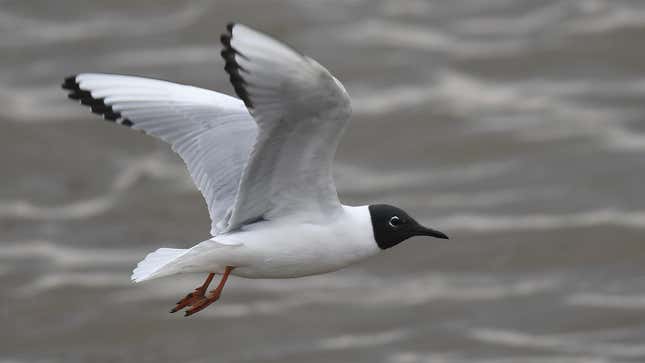
This gull is named for Charles Lucien Bonaparte, the nephew of Napoleon, who was a prominent ornithologist of his day. Now it could be one of the first birds the American Ornithological Society will rename for something other than a human.


















 English (United States) ·
English (United States) ·